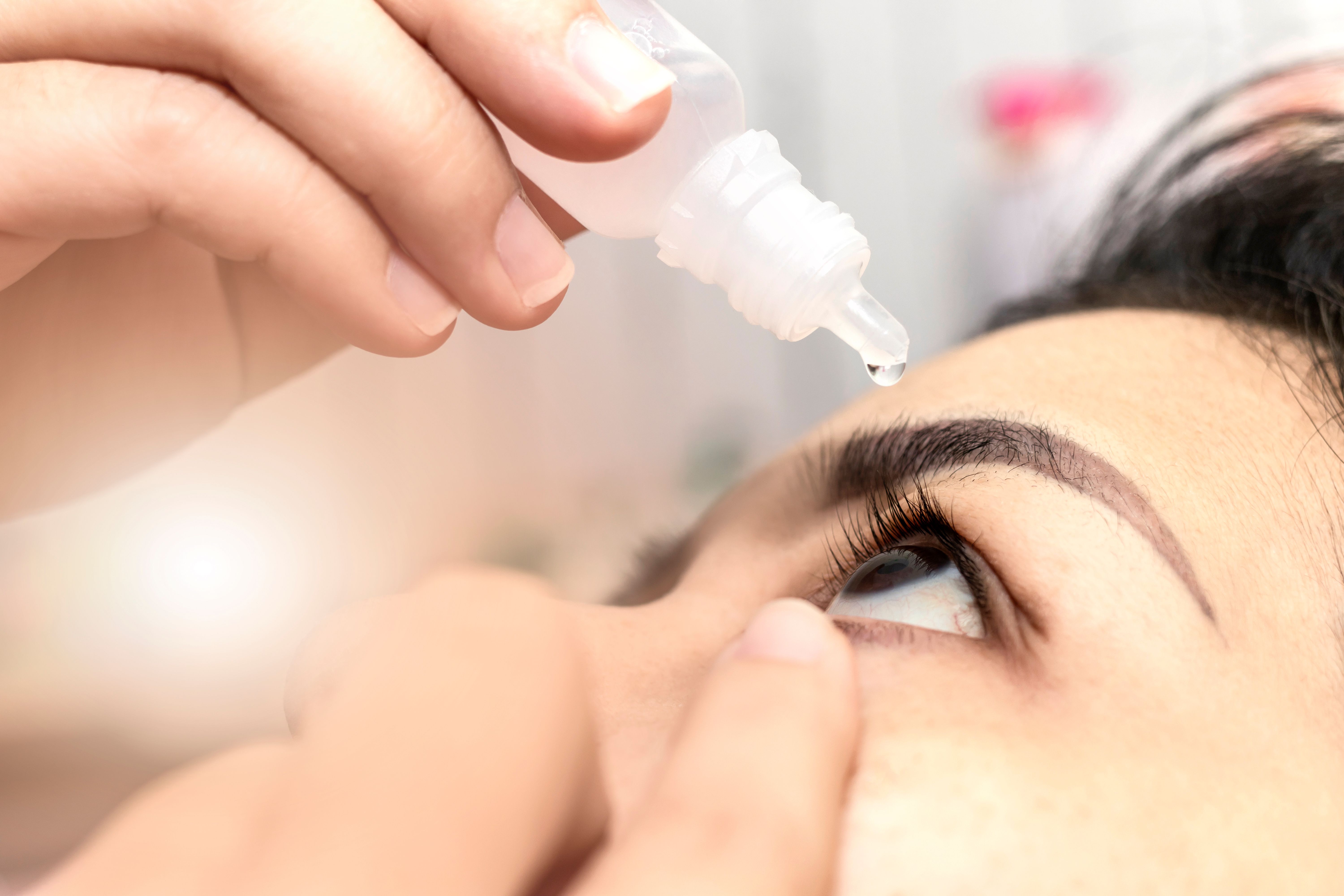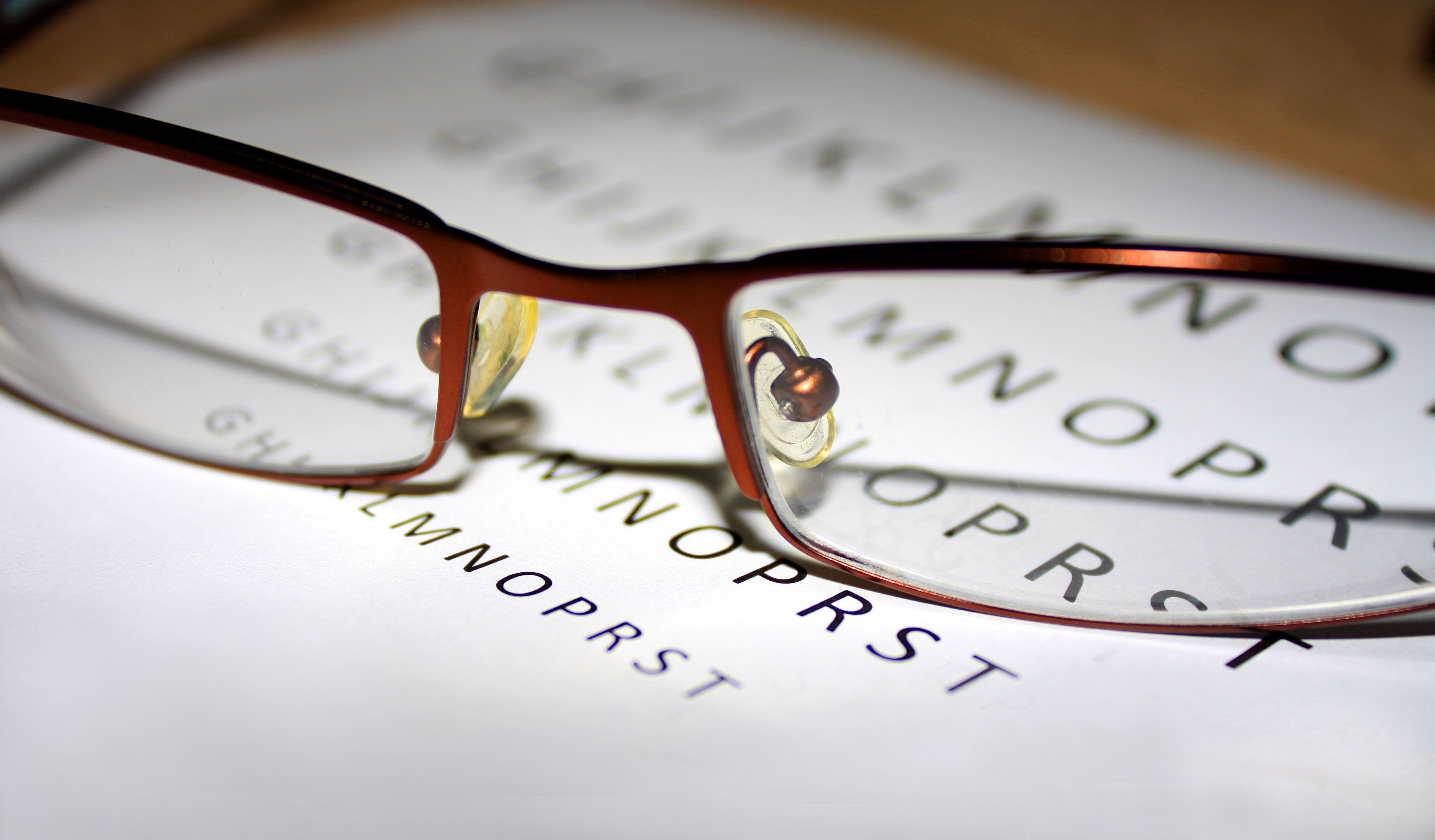News
Article
Dry Eye Symptom Frequency, Severity Reduced When Using Perfluorohexyloctane
Author(s):
Key Takeaways
- PFHO significantly reduced DED symptoms' severity and frequency within 14 days, with a 62% to 75% reduction in severity.
- Participants reported increased satisfaction with PFHO, describing it as silky, smooth, and soothing, with minimal adverse effects.
Perfluorohexyloctane ophthalmic solution had high treatment satisfaction in those who took it for dry eye.
Patients with dry eye disease (DED) who took perfluorohexyloctaine ophthalmic solution (PFHO) had significant reductions in the frequency and severity of their symptoms, according to a study published in Ophthalmology Therapy.1
DED is defined by either the production or the function of tears being deficient in 1 or both eyes.2 Tear evaporation is one of the characteristics of DED, brought on by gland dysfunction. PFHO is an FDA-approved ophthalmic solution used to treat DED that can form a lasting barrier to stop tear evaporation. This study aimed to evaluate how PFHO worked in patients after 2 weeks of receiving the treatment.1
This study was conducted in 6 sites across the US from February 2024 to June 2024. All participants were 18 years and or, had a self-reported history of DED for at least 6 months, had an Ocular Surface Disease Index (OSDI) score of 25 or more, had a tear film breakup time of 5 or less seconds, had a total corneal fluorescein staining score between 4 and 11, had a Schirmer I test of 5 mm or more without anesthesia, and had a total Meibomian gland dysfunction score of 3 or more. Patients with significant slit-lamp findings or abnormal lid anatomic features, an ocular or systemic infection, active ocular allergies, or a best-corrected visual acuity of 0.7 logarithm or worse were excluded.
Perfluorohexyloctane ophthalmic solution was effective in decreasing severity and frequency in dry eye disease | Image credit: lllonajalll - stock.adobe.com

All participants used PFHO 4 times per day for 14 days as prescribed. All participants were given surveys to report their treatment satisfaction along with the severity and frequency of their symptoms. The survey was completed on days 1, 3, 7, and 14. Symptoms of dry eye included eye dryness, eye itching, eye pain, burning/stinging, light sensitivity, eye irritation, eye tiredness, and blurred vision. All symptoms were rated on a 0 to 100 visual analog scale (VAS) for severity, with 100 being the most severe. Frequency of symptoms was defined as the percentage of time that a patient experienced the symptom. Satisfaction was rated from 0 to 100, with 100 being extremely satisfied.
There were 99 patients included in this study, with 85.9% being women and 90.9% being White. The age of the participants ranged from 35 to 81 years, and 98.0% of the patients had a treatment adherence rate of 90% to 120%. Eye pain was the only symptom not reported, whereas eye dryness was the most frequently reported (28.3%). Blurred vision (17.2%), light sensitivity (13.1%), eye irritation (14.1%), burning/stinging (11.1%), eye tiredness (12.1%), and eye itching (4.0%) were all reported.
The mean (SD) VAS was 72.1 (17.0) at baseline and decreased to 24.7 (23.0) after 14 days. All symptoms of dry eye saw similar reductions in severity across all patients. The percent reduction of severity compared with baseline was 62% to 75% after 14 days. The mean frequency of symptoms decreased from 77.9% at baseline to 34.7% after 14 days, which included a decrease in observed frequency from 77.6% at baseline to 27.6% after 14 days.
The mean OSDI score decreased from baseline to day 14 and median VAS score for treatment satisfaction increased from 75.0 5 min after installation on day 1 to 90.0 after 14 days. Patients primarily described the treatment as silky (68.7%), smooth (67.7%), and soothing (65.7%), with few reports of stinging (6.1%), irritation (4.0%), and burning (2.0%). Only 1 adverse event was reported, with the adverse symptom of eye pain not being related to the medication.
The study had several limitations. This was an open-label study with no control group to compare against. Clinical signs of DED were also not evaluated. The study group was not diverse, with most of the patients being White. The reduction in eye dryness was higher in this study compared with the randomized controlled trials, but signs and symptoms of DED are not always correlated, which leaves the effects of PFHO on the clinical signs of DED unknown. Future studies will need to evaluate clinical symptoms in a more diverse population.
"The outcomes are consistent with what many of us have experienced clinically with the use of [PFHO]. Early patient symptom relief is critically important in dry eye management, and as you can see from this study, patients noted improvement within five minutes after application," Jason Bacharach, MD, Medical and Research Director at North Bay Eye Associates,Inc and co-author of this study, said in a statement to The American Journal of Managed Care®.
The researchers concluded that PFHO was effective and safe in reducing the severity and frequency of symptoms related to DED within the first 2 weeks of its use. Satisfaction with the treatment increased as time went on, indicating its approval and perceived efficacy.
References
- Bacharach J, Kannarr SR, Verachtert A, et al. Early effects of perfluorohexyloctane ophthalmic solution on patient-reported outcomes in dry eye disease: a prospective, open-label, multicenter study. Ophthalmol Ther. Published online February 22, 2025. doi:10.1007/s40123-025-01097-z
- Dry eye. National Eye Institute. Updated February 18, 2025. Accessed February 25, 2025. https://www.nei.nih.gov/learn-about-eye-health/eye-conditions-and-diseases/dry-eye











